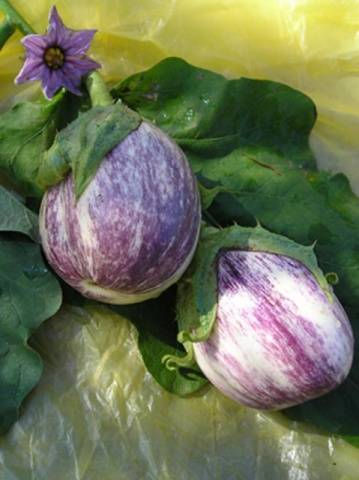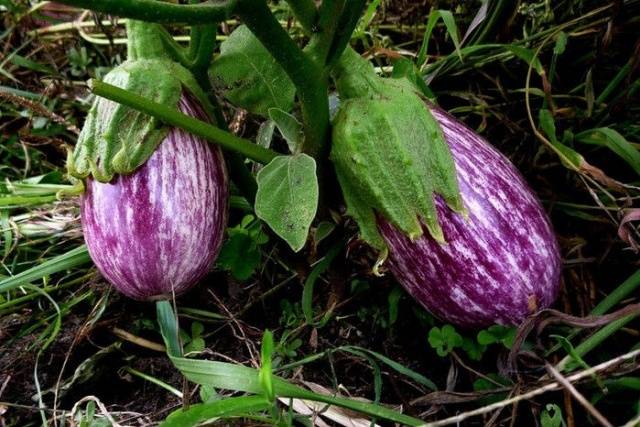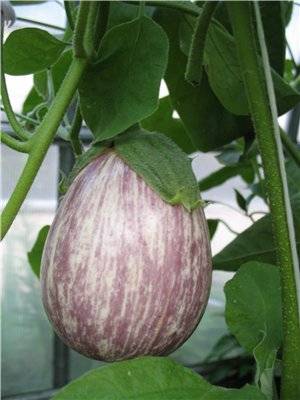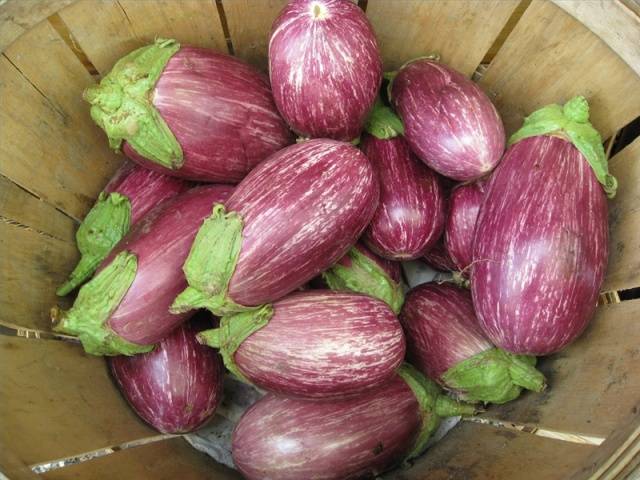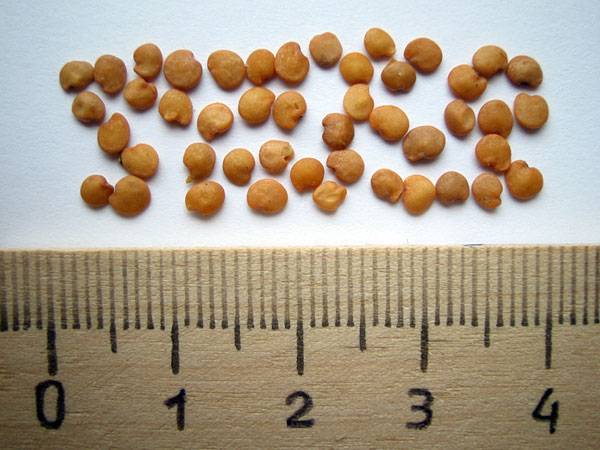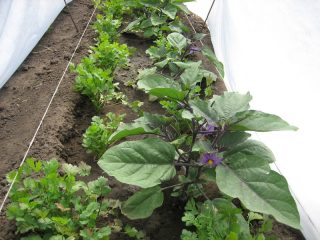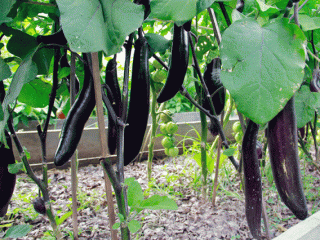At school, we were told about the potato riots during the time of Peter the Great, which arose from attempts to force the peasants to plant potatoes. The peasants tried to eat not tubers, but berries, and poisoned themselves with the alkaloid solanine. Solanine is found in more or less amounts in all nightshades, to which the eggplant also belongs. The literal translation of the name of eggplant from Latin sounds like this: black nightshade.
The relationship of eggplant with solanine is different from that of other vegetables in the family. Potatoes today, after breeding varieties "without berries", can be poisoned only by holding the tubers in the light until greening and eating them raw. Under normal conditions, modern potatoes do not produce poison.
In tomatoes, the maximum amount of solanine is found in green fruits, which are not recommended to be consumed without processing. The more ripe the fruit, the less solanine it contains.
The opposite is true for eggplant. The maximum amount of solanine is found in ripe fruits. For this reason, they are plucked at the stage of the so-called technical maturity, that is, immature, but already large enough. At this stage, they are completely edible after pretreatment.
The solanine in eggplant is also unevenly distributed. Most of all it accumulates in a beautiful, shiny, black skin with a purple tint. The peel from the eggplant must be removed, regardless of the degree of hardness.
Because of the solanine, it is not possible to use fresh eggplants in salads. At least chopped eggplant should be soaked in salt water for 24 hours to remove the bitterness. To be precise, solanine, which tastes bitter. It is long, dreary and there is no guarantee that you will not get poisoned without preliminary heat treatment.
When cooked, eggplant will lose a significant part of its vitamins. In addition, it is not possible to completely remove solanine and dishes with eggplant taste bitter. Who, one wonders, could arrange such a state of affairs in which a healthy dietary vegetable is almost impossible to use to the fullest. Certainly not breeders who have set themselves the goal of developing varieties of eggplant that do not contain solanine.
Their efforts were crowned with success and today there are many varieties of eggplant without solanine... True, along with the solanine, the dark skin and colored pulp disappeared. Eggplants without solanine have white flesh (another sign of lack of solanine) and can be pink, green, white, yellow, and even striped.
One such striped variety, bred in Russia, was named Matrosik. Apparently, by analogy with the vest. The "shirt" of the eggplant is striped. Pink stripes interspersed with white ones, which is clearly visible in the photo.
Description
The Matrosik variety has managed to win recognition from all categories of consumers. Breeders appreciate the colored skins. Summer residents love Matrosik for high yields and unpretentiousness. Housewives for excellent taste and thin skin, which does not need to be removed before cooking the fruit. Not only that, eggplant can be used raw in salads. The latter is especially important for principled raw foodists.
In the southern regions, the Matrosik variety is grown in the open field. To the north only in greenhouses. It is a medium early variety. The bush grows up to one meter with the declared sixty - seventy centimeters. Gives many side shoots. The eggplants are large. In shape, the fruits are similar to a pear fifteen to seventeen centimeters long. The average weight of the Matrosik fruit is from two hundred and fifty to four hundred grams. Under favorable conditions, fruits can grow up to a kilogram.Due to the large weight of the eggplant, the bush has to be tied up. The Matrosik variety gives up to eight kilograms of yield per unit area.
The eggplant pulp Matrosik is tender, white, there are no voids inside the fruit.
After all, there is no ideal, the Matrosik variety also has a minus: thorns on the calyx and stem. Because of this, the harvest of fruits is harvested with gloves or you have to use a pruner.
The Matrosik variety is quite resistant to fungal diseases. However, growing in a greenhouse in high humidity conditions, it can be affected by rot of the root collar.
For treatment, fungicides are used. As a preventive measure, you can ventilate the plantings and also spray them with fungicides.
In the open ground, other enemies appear. The Matrosik variety is not resistant to the Colorado potato beetle and can be affected by spider mites. To combat them, insecticides are used.
Agrotechnics
Before planting, eggplant seeds must be disinfected in a half-percent solution of potassium permanganate for half an hour. Rinse with clean water and soak for 24 hours in a nutrient solution.
After preparation, plant the seeds in separate containers. Eggplant tolerates picking very badly. It will also be more convenient to plant seedlings in the ground using the transshipment method.
The disembarkation is carried out in the last days of February - early March. Matrosik's seeds sprout in a week. Matrosik is planted in the ground or greenhouse at the end of May after the air has warmed up and the night frosts have completely ended.
Water Matrosik twice a week with warm water. Watering must be done directly under the bush. The amount of water needed for one bush depends on the weather. On average, this is ten liters per bush during one watering.
Eggplant is fed during flowering and fruit formation with fertilizer for eggplant. During ripening, fertilize again with organic matter and mineral fertilizer.
Reviews of gardeners
They are distinguished by the recognition of the high qualities of the Matrosik.
